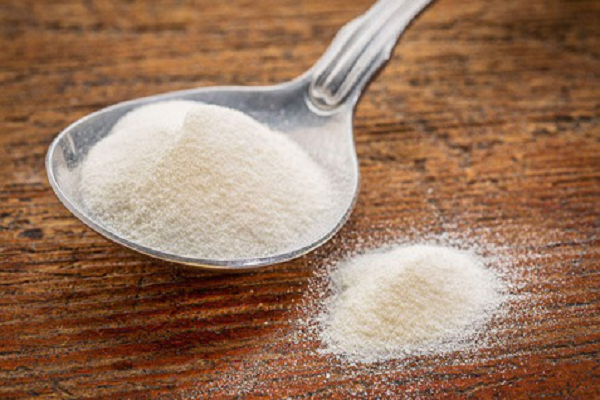The current open-leaf summer fruits mainly include cucumbers, eggplants, pod beans, and tomatoes; leafy vegetables mainly include fennel, spinach, oiled wheat, celery, and parsley. Production trials have shown that when vegetables are exposed to high temperatures above 30°C and humidity above 80%, they will encounter fertility barriers, high incidence of diseases and insect pests, reduced production capacity, and deterioration of quality, resulting in a corresponding deterioration in economic efficiency. So be prepared to deal with extreme weather. August is a flood season for North China. The climate in this period is characterized by high temperatures and high humidity, and extreme weather such as heavy rain or continuous high temperature and drought is prone to frequent occurrence. For the production of vegetables exposed in summer over the summer, extreme weather adversely affects the normal production of vegetables. For example, floods caused by rainstorms can easily cause a large area of ​​vegetable production or decline. Continued high-temperature and dry weather are also not conducive to open areas. The normal growth of vegetables. Therefore, for the vegetable farmers, they should listen to the weather forecast regularly, and take appropriate precautionary measures before and after the arrival of extreme weather, and try to avoid the loss of vegetable production caused by extreme weather. If before the rainstorm comes, dig out the drainage ditch to prevent locust plague. When encountering continuous high temperature and drought, water irrigation and so on.
Collagen is a triple helical protein which can be considered as the bio-glue inside our body; in fact, animal glue can be obtained by boiling the animal skin. Collagen, a major component of connective tissues, exits in the extracellular space of these tissues which are the key reinforcing and bonding materials for all tissues and organs throughout our body, forming rigid structures as such bone, semi-rigid tissues such as cartilage, or soft tissues such as muscle, tendon, skin, ligaments, and cell membranes, etc. There are different forms (fibrillar and non- fibrillar) and types of collagens in the body; Type 1 being the major type constitutes over 90% in our body and is the major component in skin, tendon, vascular ligature, organs, bone (main component of the organic part of bone). Because collagen is an essential building material of all tissues and organs, it has many medical uses, such as in cardiac (hear) applications, cosmetic surgery, bone grafts, tissue regeneration, reconstructive surgical uses, and wound healing care.
Collagen is created inside fibroblast cells, and this process is needed to support the creation and repair of the body`s connective tissues. However, the biological process starts to breakdown when we are aging, normally after we reach the age of late 20s or early 30s. Because collagen from natural sources such as animal, fish scales or plant contain essentially the same amino acid compositions (glycine, proline, alanine, hydroxyproline, glutamic acid, arginine, aspartic acid, serine, lysine, leucine, valine, threonine, phenylalanine, isoleucine, etc.) as human collagen, supplement the body with the natural collagen, either by dermal application or through oral ingestion, can help rejuvenate collagen creation process to support the repairing of aging connective tissues in our body, particularly those in our skin, and to reverse or slow down the aging process for a more youthful appearance.
Hydrolyzed Collagen,Fish Collagen,Collagen Food,Collagen Cosmetic Nanjing Sunshine Biotech Co., Ltd , https://www.sunshine-bio.com

How to deal with extreme weather when planting vegetables in open field?
Next Article
Prevention and treatment of gray spot disease
Prev Article
Stainless steel reactor operating procedures